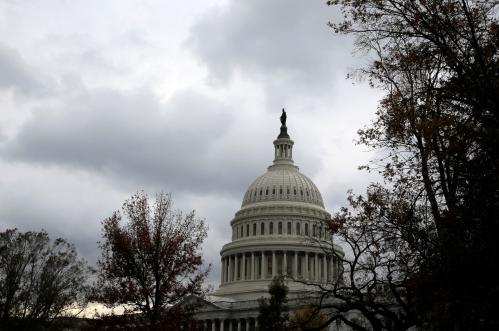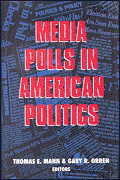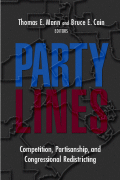Less than one week into the 115th Congress, questions abound about the institution’s rules, procedures, and membership. What can Americans expect from its newest class of lawmakers? Fortunately for those with such questions, Brookings released today an updated version of Vital Statistics on Congress, a collection of data covering a wide range of topics related to our first branch of government. Its roots extend back to 1978, when Tom Mann and I developed our association with the American Enterprise Institute. We went to Austin Ranney, the legendary scholar then running the politics and governance program at AEI, and pitched the idea of creating an entity to track Congress as an institution, in its processes, elections and relation to policy. We both came on board as adjuncts, and started with a few projects that were core to our idea.
Among them was creating a compilation of the most important data, over time, relating to Congress, from its elections to its workload to its staff. For years, reporters had called us with questions—how many personal staff in Congress, how many districts had been won by one party that went to the presidential candidate of the other, which party had the majority in different years or decades, what were the regional distributions of the parties, among so many others—and we had had to root around in books and periodicals to find the answers. We had the same burden for our own research.
Creating a single place where the data could be brought together in easy to find and digestible form, right there on the desktops or on the bookshelves of those wanting the information, seemed like a compelling idea. And being able to track the information over time was especially attractive. For a year or so, we worked through what data sets we and others, including scholars, political analysts, journalists and librarians, would want to have at our fingertips. Then came the hard part—finding the data, in some cases compiling it from scratch, over long periods of time. We were especially blessed to bring in Michael Malbin, a preeminent scholar of campaign finance, who did the really hard work of compiling essential data on campaign finance.
In some areas, it was easy; Congressional Quarterly, for example, had done times series of voting scores and some election data. In others, like counting personal and committee staffs, along with staffs back in states and districts, the burden was substantial. We could get staff data for the House and Senate from quarterly reports of the Clerk of the House and the Secretary of the Senate, but they provided disbursements to all employees for the quarter, including some who worked only for a week or month, others who were part time and split salaries among several members or across a personal office and a committee. So we had to develop extensive decision rules to be able to come up with counts for full-time staff or equivalents.
For our first volume, we had the invaluable assistance of Nina Kerstiens, a whipsmart intern who helped with the leg work. But Tom and I had to decide what to include, what to exclude, and how to put the data together—and how to display it. The result was Vital Statistics on Congress 1980, a slim volume that began what is now a 37-year exercise of biennial volumes. As time passed and the book grew some in size, we had to prune some years in the time series of tables to enable them to fit on a printed page, and we made periodic adjustments, adding some data and stopping collection of other. A succession of incredibly talented research assistants took on the core task of updating the data.
The book continued even as Tom became Executive Director of APSA and then moved to head Governance Studies at Brookings, while I became half-time at AEI and then quit teaching and moved to full-time status. AEI Press published several editions, followed by CQ Press and then Brookings Press. A few years ago, we made the critical decision to move from a hard copy in book form to an online edition at the Brookings website, one available for free to anyone who wanted to access the data, and in innovative and interactive form, updated more frequently. Molly Reynolds moved from research assistant status at Brookings to graduate studies at the University of Michigan (where both Tom and I received our PhDs) and then returned triumphantly, doctorate in hand, to do her own seminal work on Congress as a Fellow at Brookings, and took on the role of Vital Statistics compiler and editor. She is responsible for the new version, keeping the tradition alive and helping students, scholars, journalists, pundits and many others have immediately at hand everything they ever wanted to know about the first branch of government.








Commentary
Vital Statistics: Providing Data on Congress for Over 30 Years
January 9, 2017